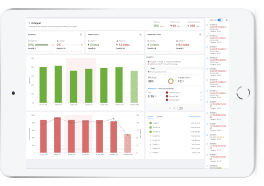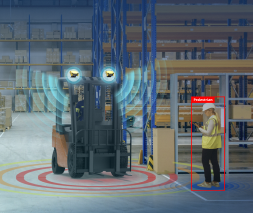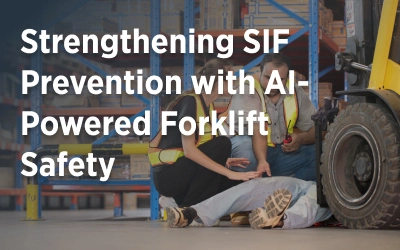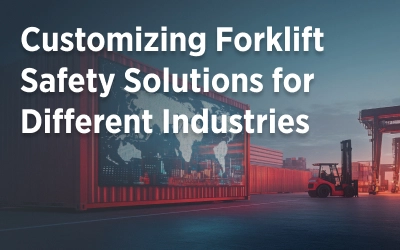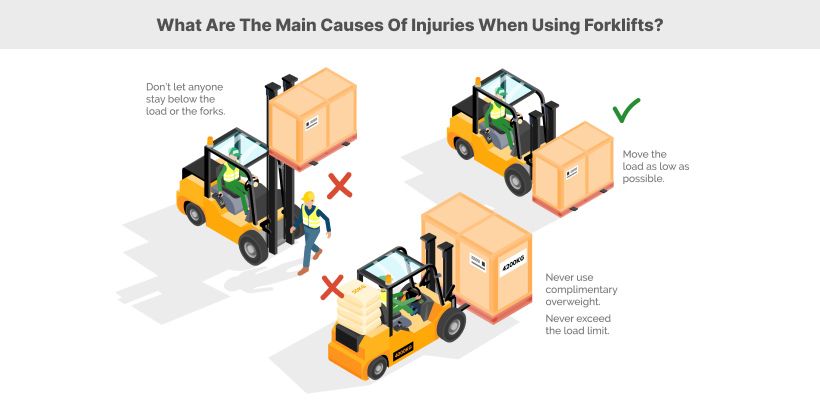
Forklifts stand as the backbone of the logistics and manufacturing sectors. They offer unparalleled efficiency in moving heavy loads across the floors of warehouses, distribution centers, and production facilities. But, despite their indispensable role, forklifts are associated with many workplace incidents, leading to injuries and fatalities. Understanding and addressing the main causes of these injuries is vital in creating safer work environments and protecting the workforce.
This article focuses on the main causes of forklift-related injuries, their common types, and strategies to reduce forklift accidents, aiming to enhance workplace safety and protect the workforce.
Main Causes Of Injuries When Using Forklifts
Forklift-related injuries in the workplace are attributed to a combination of operational, environmental, and human factors:
Operator Error and Behavior
One of the primary causes of forklift accidents is operator error, which can stem from a variety of behaviors and practices:
- Inadequate Training: Operators lacking forklift safety training may not understand how to handle forklifts safely, increasing the likelihood of accidents.
- Negligence: Ignoring safety protocols, such as speed limits and load capacities, can lead to serious incidents.
- Distraction: Operating a forklift while distracted, especially by mobile devices, undermines the operator's ability to react to hazards.
Mechanical Failures and Maintenance Issues
Forklifts are complex machines, and mechanical failures can pose significant risks:
- Faulty Brakes and Steering: These critical components require regular checks to provide they function correctly.
- Lift Mechanism Failures: Malfunctions in the lifting mechanisms can lead to dropped or unstable loads, risking injury.
- Neglected Maintenance: Regular maintenance schedules are crucial for identifying wear and tear before it leads to failure.
Environmental Conditions
The workplace environment plays a significant role in forklift safety:
- Cluttered or Congested Areas: Spaces crowded with materials or people increase the risk of accidents.
- Poorly Designed Workspaces: Work environments without clear forklift paths or inadequate maneuvering space can lead to collisions.
- Environmental Hazards: Conditions such as wet floors, poor lighting, and extreme temperatures can impair operator performance.
Safety Measures and Workplace Policies
The absence of or inadequate safety measures can directly contribute to forklift injuries:
- Lack of Protective Gear: Failing to provide or enforce the use of safety equipment leaves workers vulnerable.
- Improper Load Handling: Unsafe practices in loading and securing materials can result in accidents.
- Inadequate Safety Signage: Workers may unknowingly enter dangerous areas without clear signage.
Communication Failures
Effective communication is vital for coordinating the movements of forklifts and personnel:
- Lack of Signaling: Forklift movements without proper signals can surprise and endanger nearby workers.
- Insufficient Training on Communication Protocols: Workers must be trained to communicate effectively in areas where forklifts operate
Additional Risk Factors
Expanding on the primary causes, several other factors can increase the risk of forklift-related injuries:
- Fatigue: Operator fatigue can significantly impair reaction times and decision-making abilities.
- Temporary Workers: Temporary or less experienced workers may not be familiar with specific workplace hazards or forklift operations.
- Aging Equipment: Older forklifts may not have the latest safety features, posing additional risks.
What Are the Most Common Forklift Injuries?
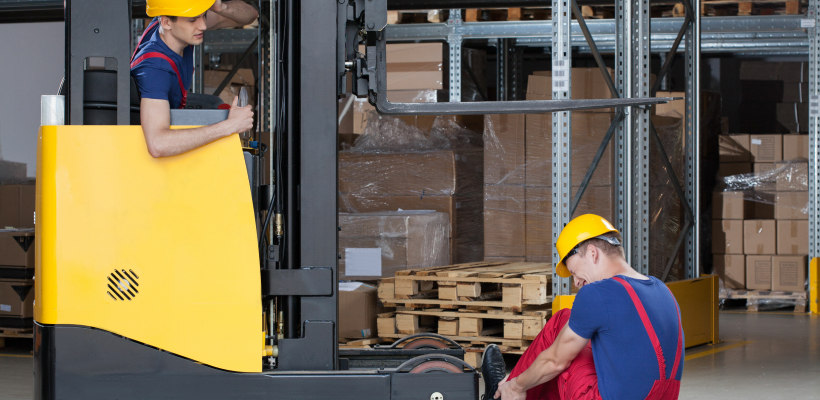
Injuries resulting from forklift operations are a significant concern in workplace safety, spanning a range of severity and types. These injuries can impact operators and nearby workers, emphasizing the need for comprehensive safety measures and protocols.
Crush Injuries
Crush injuries often occur when an individual becomes pinned between the forklift and a solid str ucture or when materials fall from the forklift's load. These injuries can range from severe bruising and fractures to critical internal injuries, with the potential for fatal outcomes.
Falls
Falls from forklifts or associated platforms can lead to serious injuries, including broken bones, concussions, and spinal injuries. Such incidents may occur due to operator error, lack of fall protection, or unsafe working conditions at heights.
Collisions
Collisions with pedestrians, other vehicles, or stationary objects can cause a wide array of injuries, from minor cuts and bruises to significant trauma. The risk of collisions increases in busy or poorly laid out work environments, underscoring the need for clear traffic management policies.
Overexertion
Manual handling tasks associated with forklift operations, such as loading and unloading, can result in overexertion injuries. These include muscle strains, ligament sprains, and long-term musculoskeletal disorders, highlighting the need for ergonomic solutions and lifting aids.
Ready to enhance safety and efficiency in your facility?
Fill out our contact form, and our experts will reach out to discuss your safety needs or arrange a demo.
How Can You Decrease the Likelihood of Injuries While Using Forklifts?
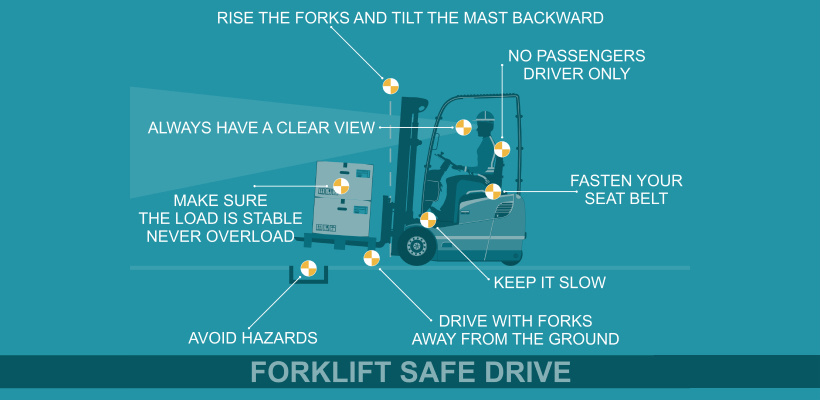
An expanded, multi-layered strategy is needed to minimize the risk of injuries while using forklifts. Such strategies include rigorous training, workplace safety enhancement, technological advancements, diligent maintenance, and the use of personal protective equipment. This comprehensive approach addresses immediate safety concerns and lays the groundwork for a long-term safety culture within the organization.
In-Depth Training and Certification
The foundation of forklift safety is thorough and ongoing operator training. This involves more than just basic operation; it encompasses understanding the physics of forklifts, recognizing potential hazards, and learning how to respond to emergencies. Training programs should be regularly updated to cover new safety protocols, technological updates, and regulation changes. As mandated by OSHA forklift regulations should undergo periodic recertification and competency assessments to keep their skills and knowledge sharp.
Strategic Workplace Design and Safety Signage
Creating a safe environment for forklift operations involves careful planning of the physical workspace. This includes designing clear, wide pathways specifically for forklift traffic and providing that these paths are separate from areas designated for pedestrian use. Comprehensive safety signage and visual cues help to guide forklift operators and alert pedestrians to potential dangers. Implementing physical barriers where necessary can prevent accidents by clearly delineating forklift zones from general work areas.
Advanced Forklift Safety System Integration
Leveraging an advanced forklift safety system offers a proactive way to help prevent accidents. This includes:
- Proximity Sensors: These devices alert operators to objects or individuals in the forklift's path, allowing for timely corrective action.
- AI Cameras: These cameras are strategically positioned on the forklift to provide comprehensive coverage of blind spots and potential hazards. By leveraging machine learning and computer vision technologies, AI cameras can detect obstacles, pedestrians, and other vehicles within the forklift's vicinity.
- Automatic Slowdown Systems: These systems can autonomously slow down forklifts when a potential collision is detected, reducing reliance on operator reaction time.
- Pre-Operational Forklift Safety Checklist: Forkilft safety checklist helps to see if the forklift is in good condition to operate and that the operator is eligible to use it, thereby reducing the risk of accidents caused by maintenance issues or untrained personnel.
- Forklift Fleet Management Software: Forklift fleet management software provides insights into forklift operations in identifying patterns that may indicate unsafe behavior or areas for improvement.
Comprehensive Maintenance and Inspection Routines
Maintaining forklifts in optimal condition is crucial for safe operation. Regular, detailed inspections should be conducted to identify wear and tear or mechanical issues that could lead to accidents. Preventive maintenance schedules must be rigorously followed, and repairs must be made promptly to avoid potential failures during operation.
Personal Protective Equipment (PPE) Utilization
Providing that all forklift operators and nearby workers wear appropriate personal protective equipment is a critical defense against injuries. This includes safety helmets to protect against head injuries, high-visibility vests to make individuals more noticeable to forklift operators, and steel-toe boots to protect feet from crush injuries. Gloves and eye protection may also be necessary, depending on the specific work environment and tasks being performed.
Trio Mobil's Forklift Safety Systems
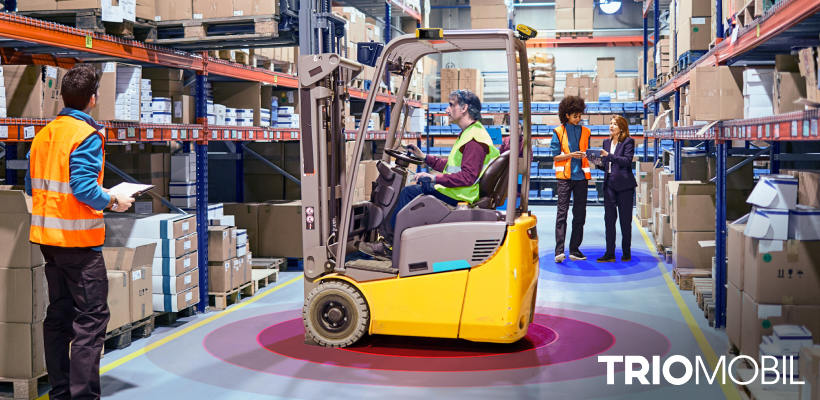
Trio Mobil's Forklift Safety Systems are at the forefront of technological innovation, offering comprehensive solutions to address the various causes of forklift-related injuries highlighted throughout the article.
These systems incorporate a range of features, from proximity sensors to AI cameras and cloud-based fleet management software, all engineered to reduce the likelihood of accidents and provide a safer working environment. By focusing on common causes of injuries, such as operator error, mechanical failures, and environmental conditions, Trio Mobil's solutions provide a proactive, operator-assist approach that helps reduce risks and supports workplace safety.
Trio Mobil's commitment to leveraging technology for safety goes beyond immediate risk reduction, focusing on supporting operators and fostering long-term workplace safety. Our systems also provide valuable data analytics that can help identify patterns of unsafe behavior or areas within operations that require safety improvements. This data-driven approach allows for continuous refinement of safety protocols and training programs and helps them remain effective and relevant.
For more detailed information about our cutting-edge, modular, plug-and-play solutions, browse our website or request a demo to experience how our forklift safety systems work.




